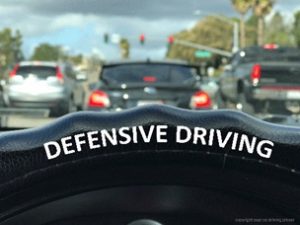
When we drive every day, we are always optimistic that we shall get to our destination safely. While we can control our actions behind the wheel, it is not possible to control the actions of other drivers.
Most vehicle accidents are actually as a result of human error. If an error is made at the wrong moment, an accident or collision will result. Therefore, a consistent, defensive approach to driving is the best way to reduce the likelihood of driver error.
Defensive driving can be defined as “driving to save lives, time, and money, in spite of the conditions around you and the actions of others.
It is also defined by some drivers as “driving as if everyone else on the road were drunk.”
Characteristics of a defensive driver
A defensive driver always applies the following safe driving skills;
- Expect the unexpected by being aware of potential hazards and other road users’ actions around you, enabling you to take pro-active measures to avoid an incident. This can be achieved by searching and eye scanning while you drive. The mirrors are very helpful in this regard.
- Always maintain a three second gap when following another vehicle. Do not tailgate other vehicles, as this will remove the opportunity for ample time and space to react to any sudden change, making it more likely to endanger yourself and those around you.
- Avoid sudden stops by using turn signals and brakes in advance.
Driving Hazards
The following are at-risk behaviors that can lead to road traffic accidents (RTA);
Reckless Driving
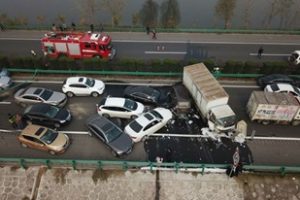
Reckless driving is a type of traffic violation in which a driver displays complete disregard for road signs, signals, and laws. It is a common cause of car accidents, and because it usually involves high speeds or extremely dangerous driving tactics, it often results in the injury or death of one or more people.
Reckless driving includes; over speeding or driving above designated speed limits, racing with other vehicles, ignoring traffic signs, speeding at curves, junctions and blind spots, weaving through traffic, right-of-way violations, braking suddenly and tailgating.
Untrained Driver

An untrained driver is a silent killer. Untrained drivers are one of the main causes of increasing road accidents. The majority of drivers on roads have not passed the driving test. They neither have driving license nor proper knowledge of traffic signs and other rules and regulations. In spite of this ignorance, they continue to drive putting their lives and the lives of others in danger. Drivers must be trained and experienced to operate the vehicles they drive.
Driving in adverse weather conditions
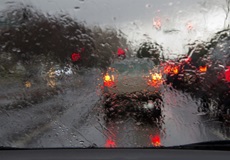
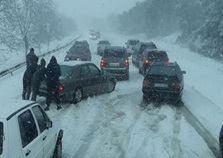
Driving in adverse weather conditions affects your ability to see. When visibility and traction is reduced, the chances of an incident is greatly increased. Such weather conditions are rain, fog, ice, snow, sand storms, severe wind, glaring sunlight and dust. Driving in flooded areas is also very dangerous. Avoid puddles of water and hydroplaning, use windshield wipers and defroster, turn on lights and most importantly, reduce your speed. Consider parking for some time if the weather gets too harsh.
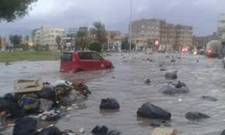
Night driving is also risky. Most vehicle accidents occur at night. The dangers of night driving include reduced visibility and poor ability to judge distances, movements, and colors.
Knowing the hazards associated with different weather conditions helps you to adapt your driving to the different situations.
Distracted driving
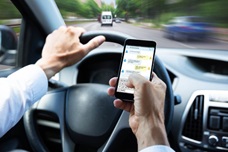

Distracted driving is any activity that diverts attention of the driver from the road. This includes calling or texting on your phone, applying make-up, eating, drinking, talking to people in your vehicle, writing or reading, fiddling with the stereo, entertainment or navigation system, road rage (angry or impatient driver) — anything that takes your attention away from the task of safe driving.


Distraction can be in three forms: Visual (for example taking your eyes off the road to look at your GPS, or check your noisy kids behind the car), Manual (taking your hands off the steering to eat, apply make-up or search your bag) and Cognitive (when you are occupied with other thoughts and you are not mentally focused).
Distracted driving increases the chance of a motor vehicle crash.
Vehicle inspection and maintenance
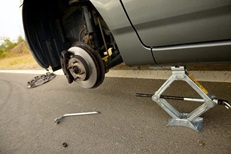
When was the last time you got your vehicle inspected and maintained? Drivers who drive unsafe vehicles are not only putting their lives in danger, they are also putting the lives of others in danger as well. Failure to properly maintain brakes, lights or tires can lead to injury or fatality. For example, a vehicle tire can get blown out, causing the vehicle to rollover. This can lead to very severe injury or fatality.
Outside the routine vehicle maintenance, there should be pre-use checks or inspections. This should include inspecting the tires, brakes, fluids (water and oil), windshield wipers, mirrors, lights and indicators and wash fluid, etc.
Driving under the influence of alcohol or drugs
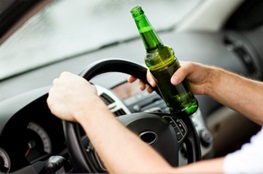
Driving under the influence of alcohol or drugs is one of the largest risk factors that contribute to traffic collisions. Substance use can impair perception, cognition, attention, balance, coordination, and other brain functions necessary for safe driving. There are several ways alcohol or drugs can impair your driving skills – slow reaction time, lack of coordination, reduce concentration, decrease vision, and inhibit judgment.
Safe driving requires the ability to concentrate, make good judgments and quickly react to situations. However, alcohol affects these skills, putting yourself and others in danger.
Fatigue

Fatigue is a term used to describe an overall feeling of tiredness or lack of energy. Fatigue has a huge impact on your driving and can affect your ability to drive safely, similar to the effect of driving under the influence of alcohol. Fatigue is a contributing cause of most road crashes. The main causes of fatigue when driving are; lack of quality sleep, overnight driving, driving for long hours without breaks and driving under the influence of drugs or alcohol.
Ensure you are medically fit to drive a vehicle; stop at intervals for rest over long travel distances; avoid medications that cause drowsiness; if you experience fatigue while driving, pull over the car to a safe condition and have a short rest.
Driving without seatbelt
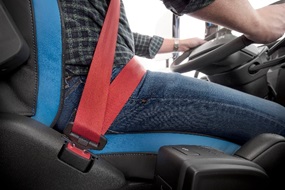
Drivers and passengers, who don’t wear a seat belt are likely to be ejected from a vehicle during a crash.The primary purpose of wearing a seat belt is to increase the likelihood of survival for drivers and passengers in an accident. During a crash, being buckled up helps keep you safe and secure inside your vehicle. Get in the habit of always putting your safety belt on every time you get into a vehicle, no matter where you are sitting or the distance you are going.
In the event your car catches fire or gets submerged in water, there is a general believe that not wearing a seat belt makes you safe. This is an inaccurate assumption, as the impact from the accident could knock you unconscious and prevent you from exiting the vehicle, or even eject you from the vehicle. For this kind of accidents, it’s easier to be conscious and unbuckle yourself to escape.
Also note that a safety belt does not protect you when it’s not worn properly. Ensure seat belts are in working order.
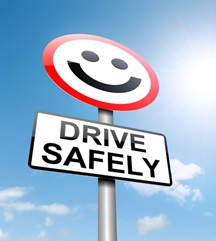
Very nicely and comprehensively written. Welldone!
Very apt and useful writeup.
If the citizens, especially in third world countries where rules are neither obeyed nor enforced to the later, are taught the act of DEFENSIVE DRIVING as toddlers, there will be a significant drop in the rate of road accidents and by implication carnages on our roads because if these acts are imbibed very early in life, they will go a long way in making our roads and motorways safer.
Very well written article.
Well put together. A must read for every new driver and old driver.
This is very comprehensive. Well done
Very good summation on safe driving techniques, which are very helpful and practical in these errant times. In many cases, it would require unlearning unsafe habits in order to inculcate best driving practices, especially for drivers who tend to think that they know it all. Nice one bro